

Matt Campbell
2026 Hyundai Tucson Hybrid review
54 Minutes Ago
The drive-through (often marketed as ‘drive-thru’) has a simple premise: buy an item or receive a service from a business without leaving the comfort of your own car. It’s fast and convenient.
It’s been around for almost a century, be it for a cheeky fast food run or depositing money into your bank account. The drive-through revolution even led to the (now rare) drive-in theatre.
However in 2020, the drive-through has become arguably more important, serving as something of a respite during the Coronavirus pandemic to facilitate “contactless” transactions.
More importantly, it has been adapted as a safe testing clinic for COVID-19 as some countries and states battle a second or third wave of infections.
Are you interested in this sort of car culture coverage? Let us know in the comments below.
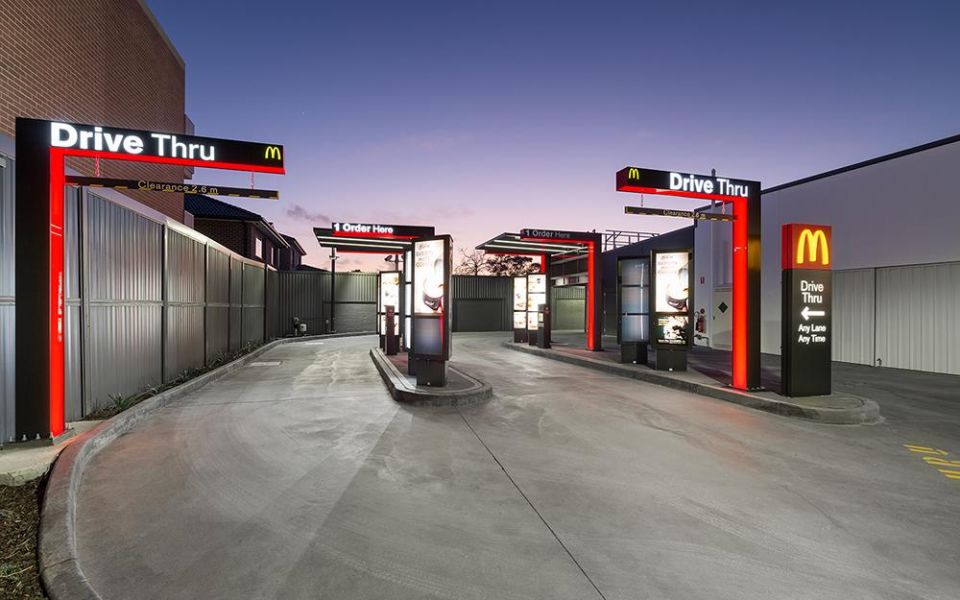
Fast food chains are synonymous with drive-throughs. It’s a simple but clever idea: drive up to the microphone/speaker box, select items from the menu and say your order, head to the payment window, and pick up your purchase.
It all started over in the United States in 1921. As cars became more popular, Kirby’s Pig Stand was the first drive-in restaurant where carhops – waiters and waitresses on roller skates – would write down your order, then bring your meal to your parked car.
However, in 1946, the bona fide drive-through came from the In-N-Out Burger franchise from California, with a focus on – as the name suggests – quick drive-through ordering by allowing customers to place their orders via a speaker stand, then pull up next to a window to pay and collect their orders.
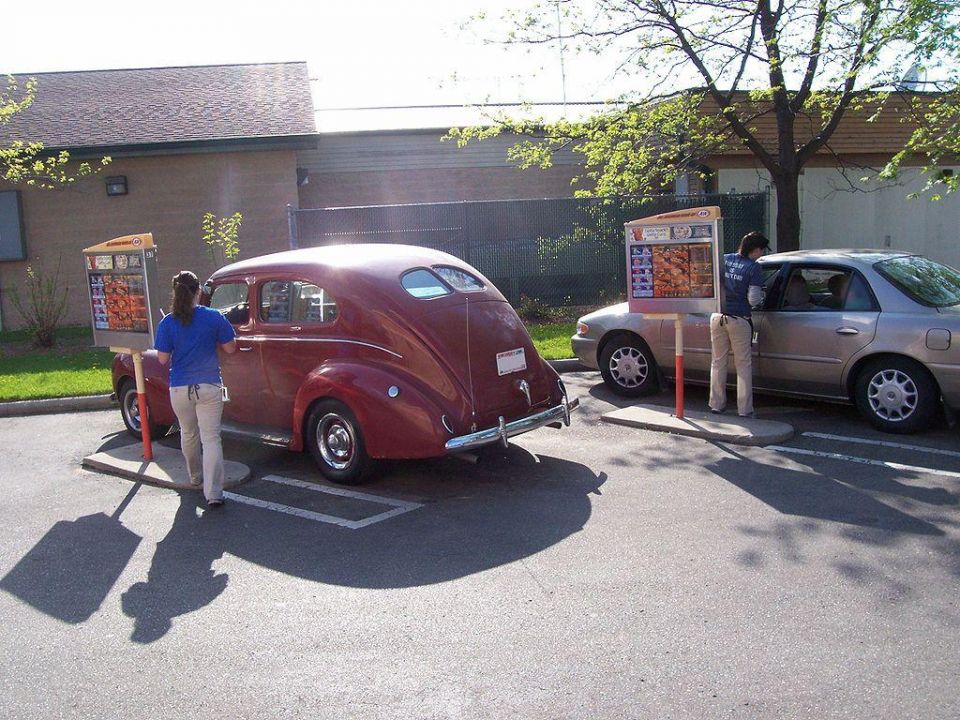
In Australia, Hartees was the first burger group to employ a drive-through in Earlwood, Sydney from 1970. Hartees was founded by a partnership between Kelloggs and the US Hardees burger company, but met its demise within five years.
But what about McDonald’s? The iconic fast food chain lagged behind in the USA; its first drive-through was formed in 1975 in Arizona to serve military members who were not allowed to get out of their vehicles while off-duty and wearing their fatigues.
It took until 1978 to open the first local Mcdonald’s drive-through in Warrawong, New South Wales. Over time, the likes of Kentucky Fried Chicken (KFC), Boost Juice, Gloria Jean’s Coffees, and more have adopted the drive-through idea.
Not only does the drive-through attract more customers, it’s another medium to push customers into selecting specific menu items. With the psychological pressure of other cars behind and a person waiting to take your order, menus have driven purchasing choices.
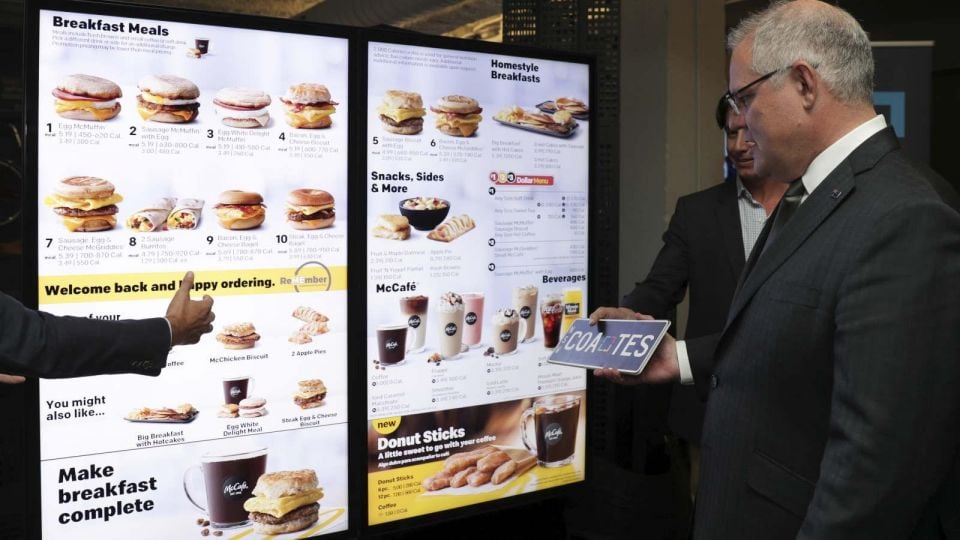
Just like the menus inside the restaurant, promotions and ‘preferred’ items are made prominent, while others are relegated to small text or not shown at all at the drive-through lanes.
Nowadays, most food joints offer two lanes with two voice stands (but often with one person receiving your order), and specific waiting spots at the end of the drive-through to avoid building up long queues.
Over time, advancements in technology such as surveillance cameras, sensors on the ground that can detect where each individual vehicle is situated, and LCD or LED displays that can change what’s shown based on the time of day have evolved the drive-through.
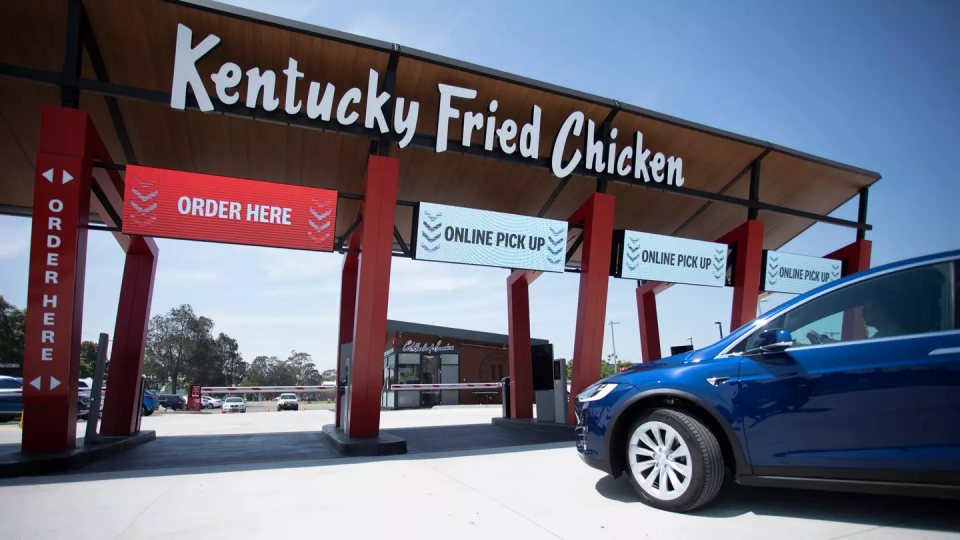
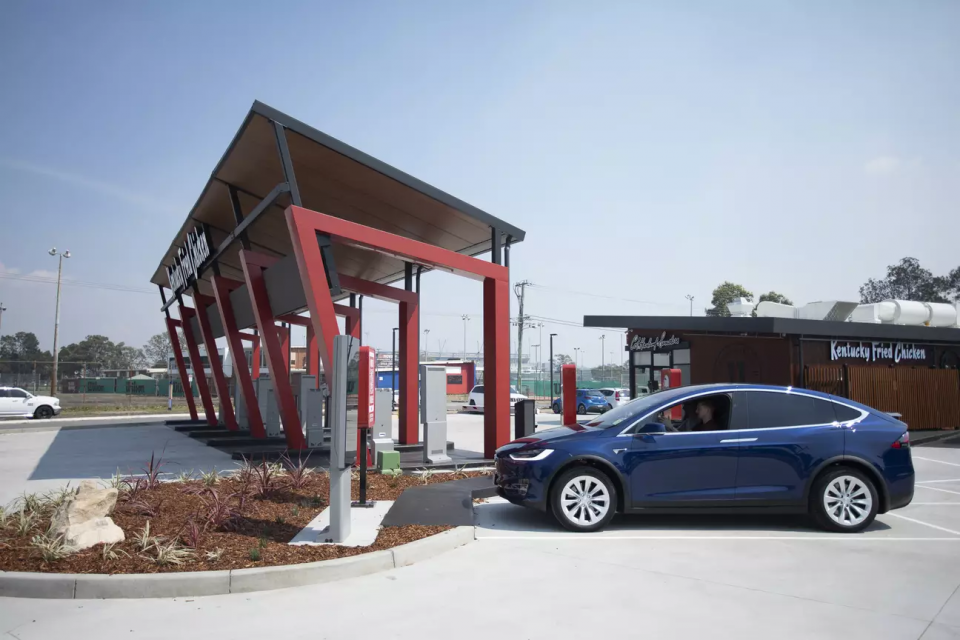
Last year, KFC opened its first drive-through-only store in Newcastle, with an emphasis on ordering via a mobile app.
According to The New York Times, fast food restaurants depend heavily on drive-throughs as a source of revenue – especially during COVID-19.
In the USA, the drive-through generated around $11.6 billion (US$8.3 billion) in March 2020 – booming up nearly $11.2 billion (US$8 billion) from the same period in 2019, according to the NPD Group.
From its humble beginnings in California, the drive-through has now become an essential part – for patrons and businesses – during the “contactless” era of the Coronavirus outbreak.
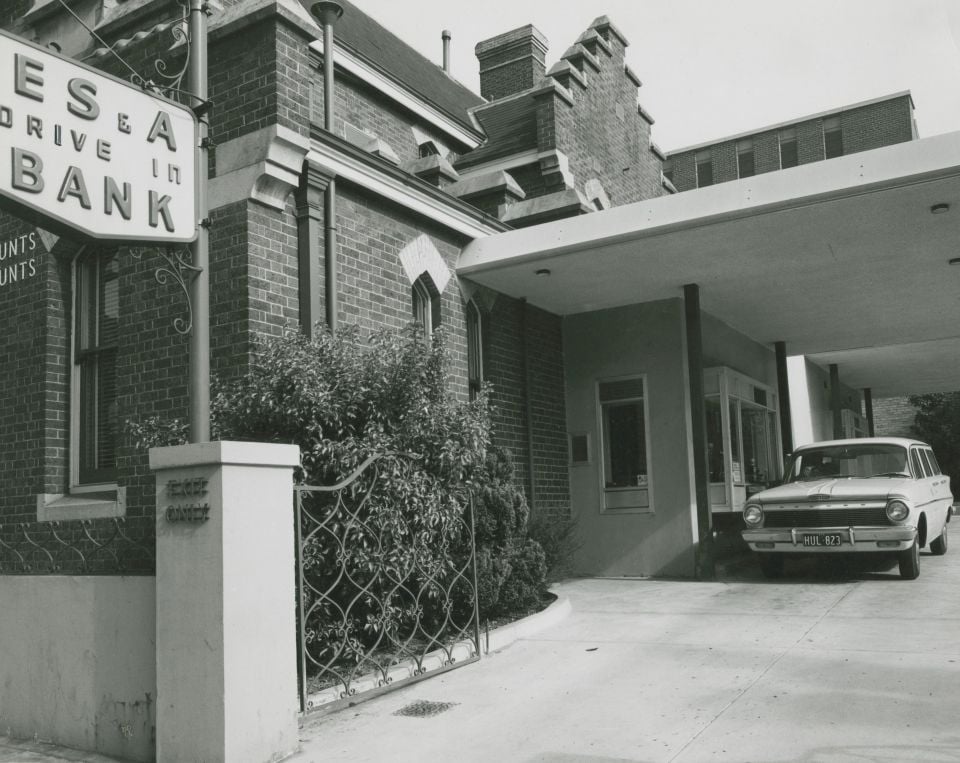
With innovations in the food industry popping up, the notion of quick-and-easy drive-through banking was pushed in 1928 by American bank company, City Center Bank (now known as the UMB Financial Corporation).
It allowed customers to make general banking enquiries, deposits, withdrawals, cash a cheque, and even arrange a loan (depending on the branch) without leaving your vehicle – either driving up to a voice box or teller window.
In Britain, the Westminster Bank opened up its drive-through at Liverpool in 1959.
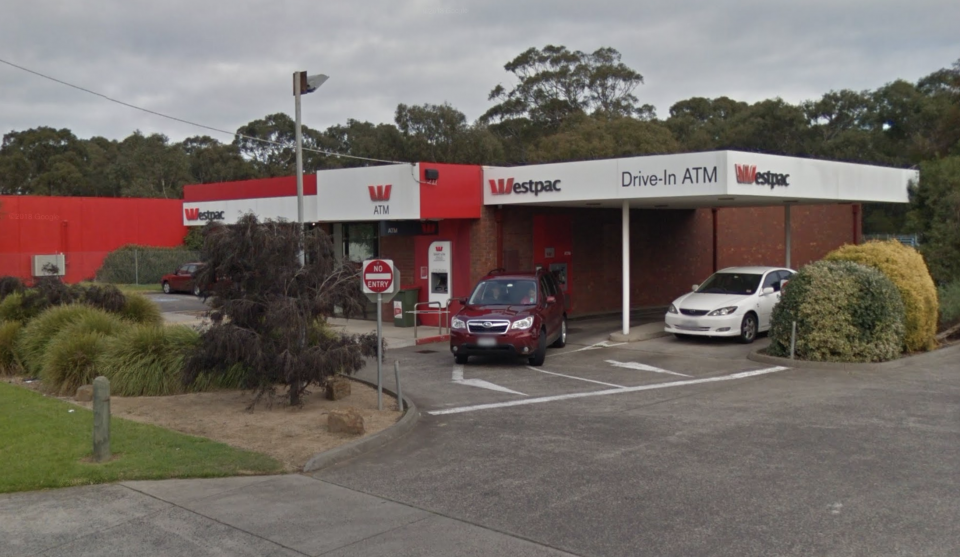
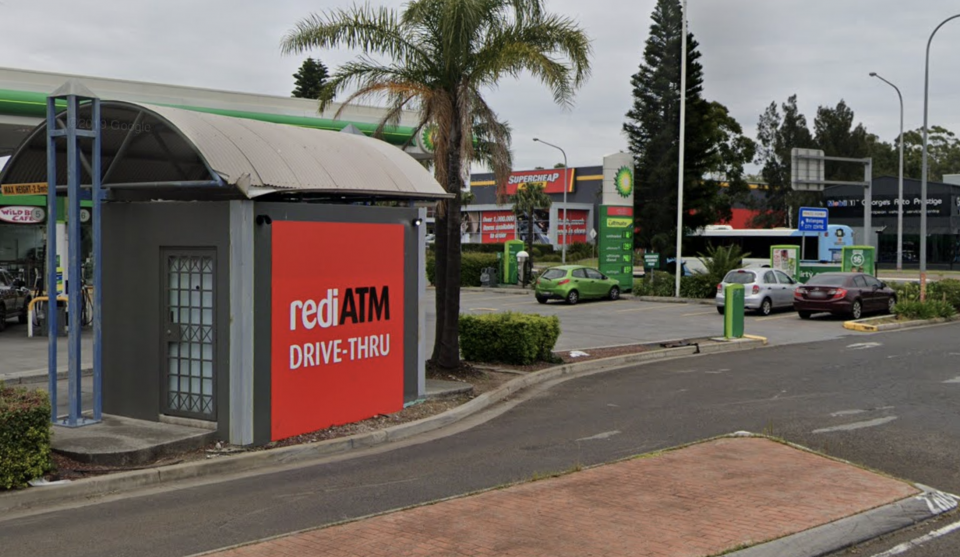
The first drive-through (or drive-in) branch to open in Australia was in 1954 by the English, Scottish and Australian (ES&A) Bank in Camberwell Junction, Melbourne, and used bullet-proof glass.
In the second half of the 20th century, drive-in banks started to spread across Australia, but they were never as popular as getting fast food takeaway. It slowly faded away – exacerbated by the rise of mobile Internet banking.
However, there are still a few Westpac drive-through branches and rediATMs operating today, discreetly scattered across the nation.
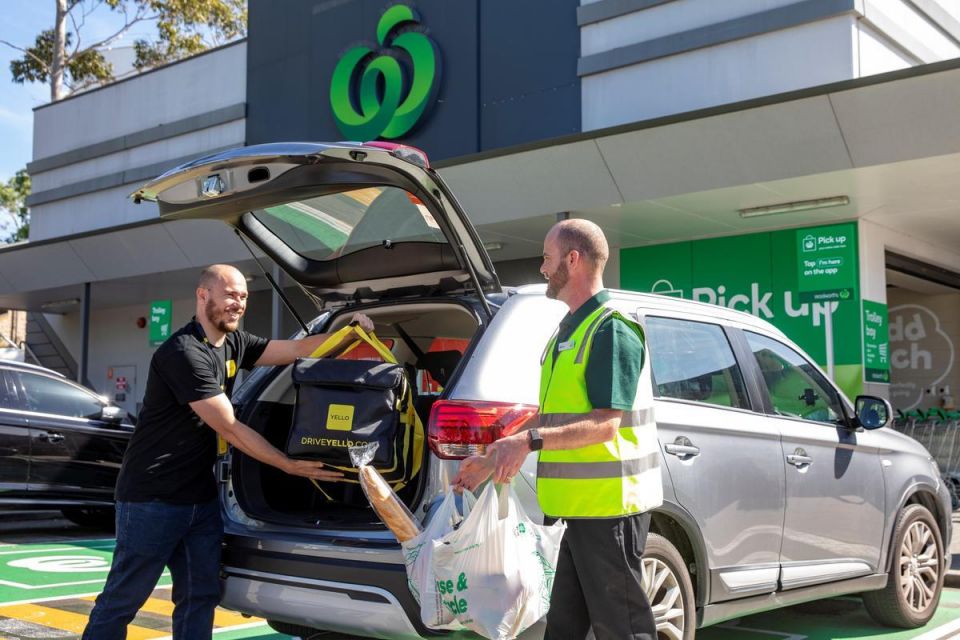
An American family duo employed a dairy and eggs drive-through service in California during the early 1940s by using their own invention, a dairy conveyor belt.
Over in the UK, supermarket giant Tesco first implemented a drive-through service for groceries in 2010.
Locally, the two Australian supermarket giants, Coles and Woolworths, started to operate drive-through click and collect from 2010 and 2012 respectively.
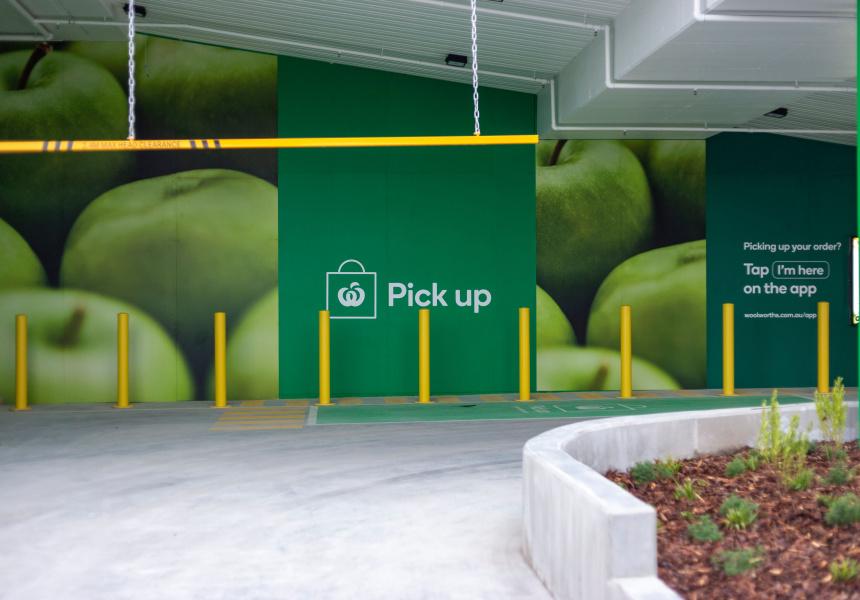
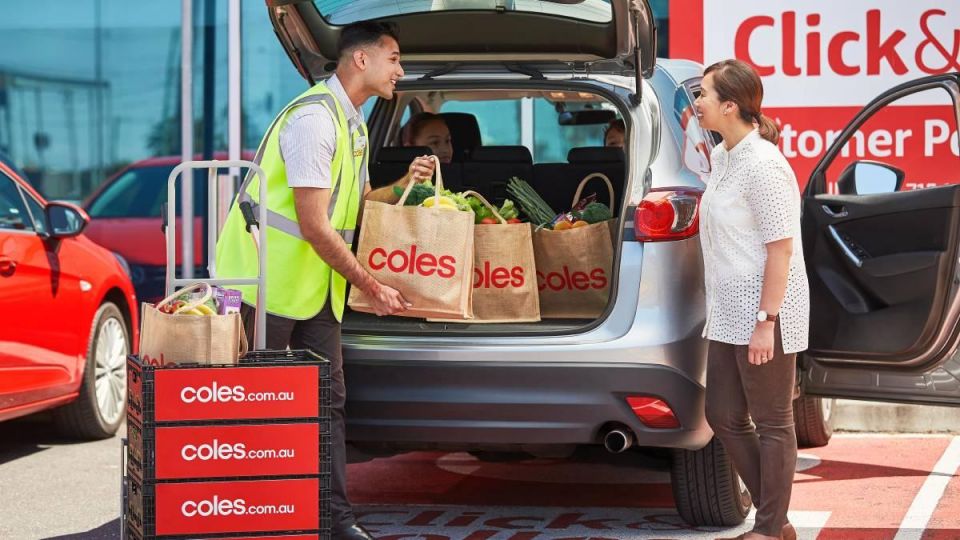
Grocery shoppers can order and pay for items online, book a time, and drive to the designated pick-up point where a staff member will unload groceries into the vehicle boot for you.
Both rival conglomerates currently have more than 1400 participating sites combined, and the option has been more poignant during COVID-19 to reduce the risk of community transmission.
In a similar vein, online retailer Amazon launched its Amazon Key In-Car service in 2018. It allows Amazon deliveries to remotely unlock the tailgate of participating General Motors, Ford, Honda, and Volvo models in the USA to place your order in the boot at a public car park – bypassing the need for a drive-through.

The start of a new decade has been challenging. As a new wave of Coronavirus infections linger across the globe, the drive-through concept has been adapted for COVID-19 testing clinics in some countries.
The first mobile testing drive-through was set up in South Korea, in March. It has consequently been adopted in many countries – particularly those that have a high population of people owning cars – including Australia.
Endless queues of vehicles lining up to get a COVID-19 test has been commonplace on news bulletins. Australians have been turning up for a test in record numbers with more than 70 pop-up drive-through sites across the nation.
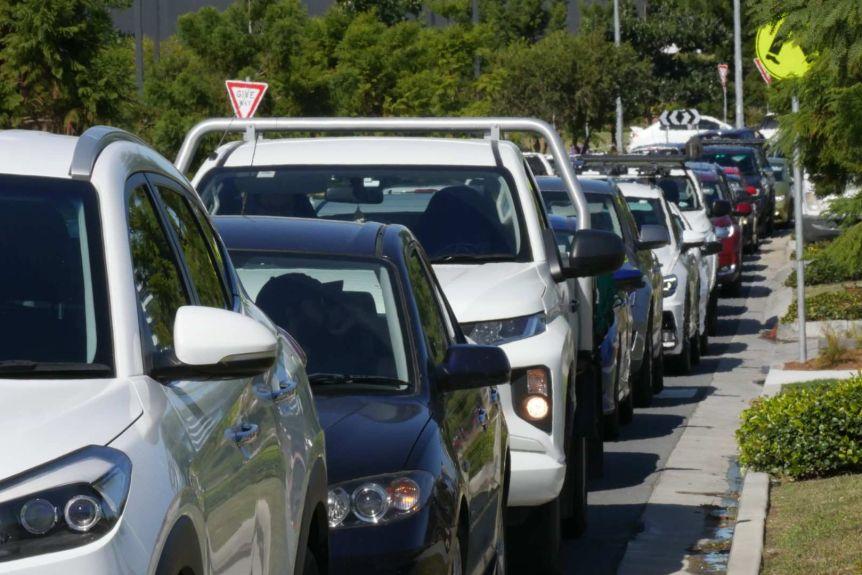
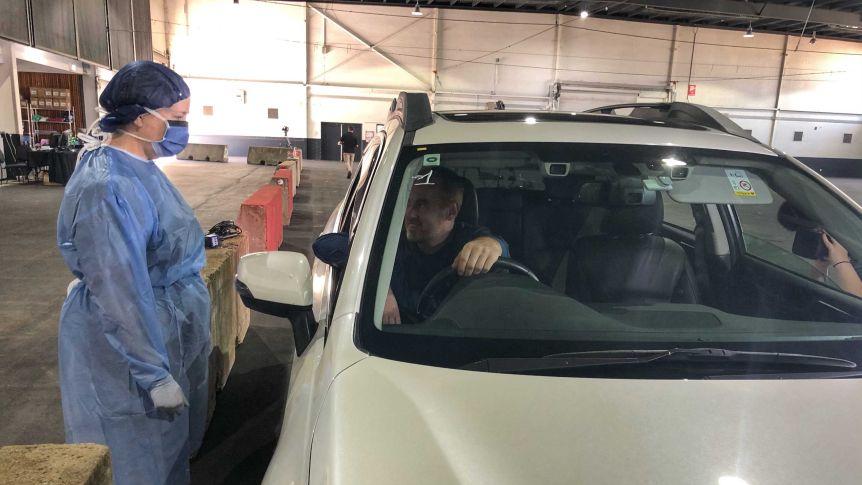
People who suspect they have Coronavirus-like symptoms or fear they’ve been in close contact with a positive case can be swabbed to identify if they have the deadly pathogen – without getting out of their cars.
Besides the convenience of drive-through testing clinics, it can also limit the exposure risk to frontline workers and others in the line by being confined within a vehicle.
In the plight of a global contagion, drive-throughs are accelerating COVID-19 tests in a safer way to hopefully reduce the risk of transmission and battle against the virus.


Matt Campbell
54 Minutes Ago


Max Davies
17 Hours Ago


William Stopford
17 Hours Ago


Derek Fung
17 Hours Ago


Max Davies
1 Day Ago


William Stopford
2 Days Ago